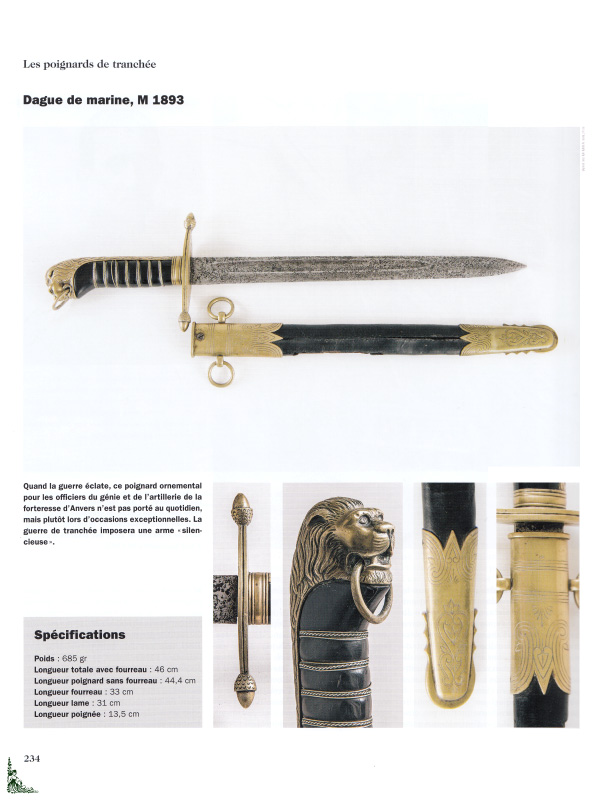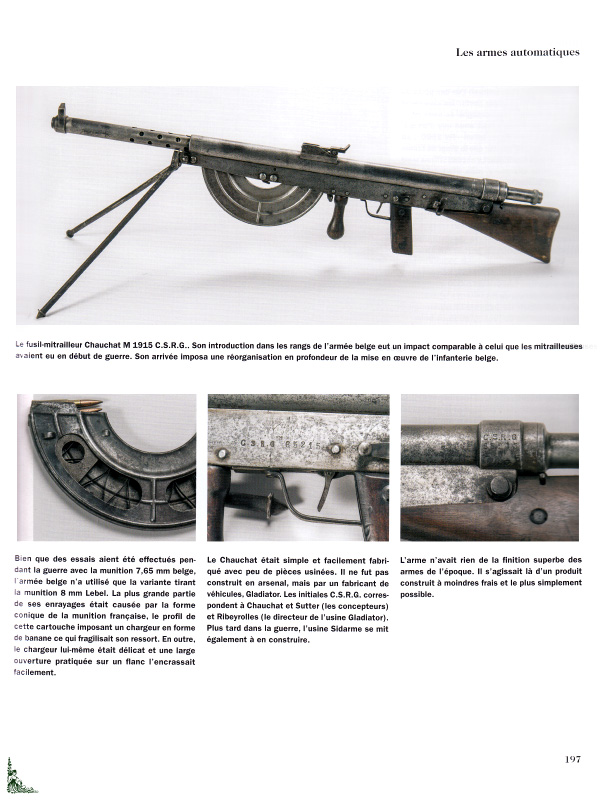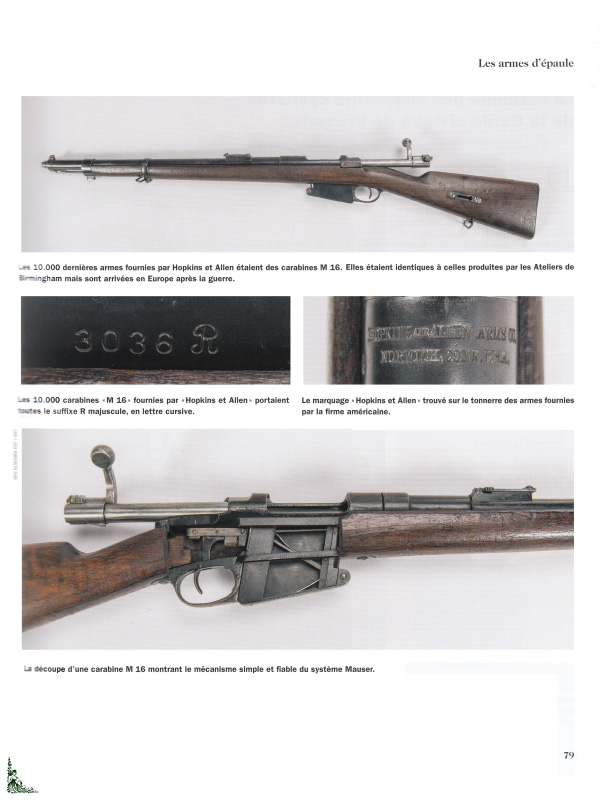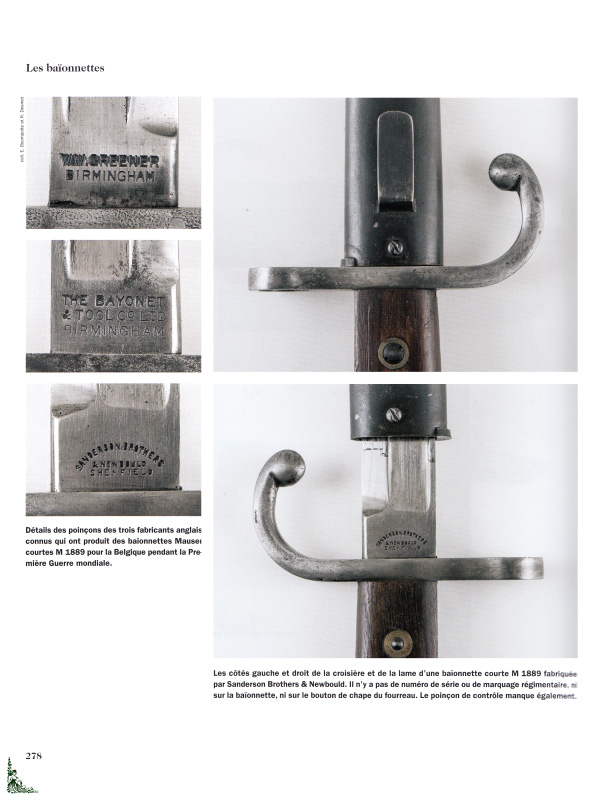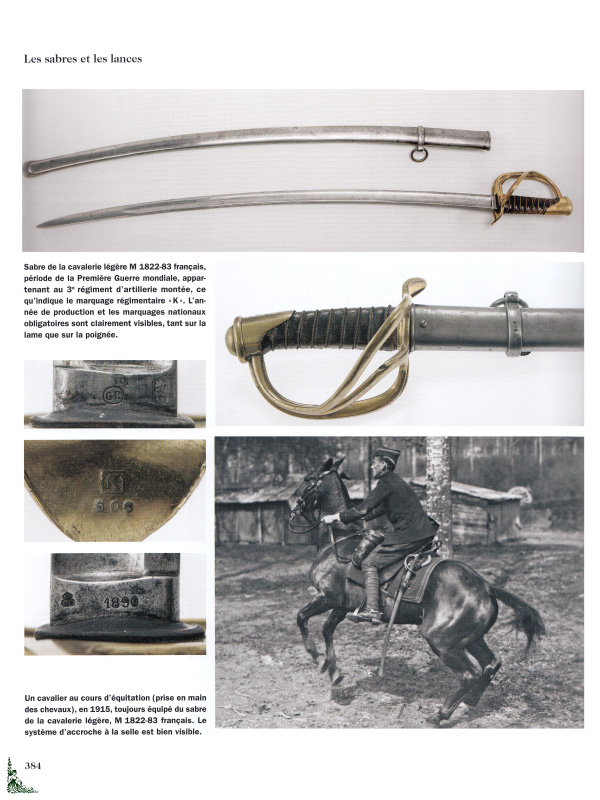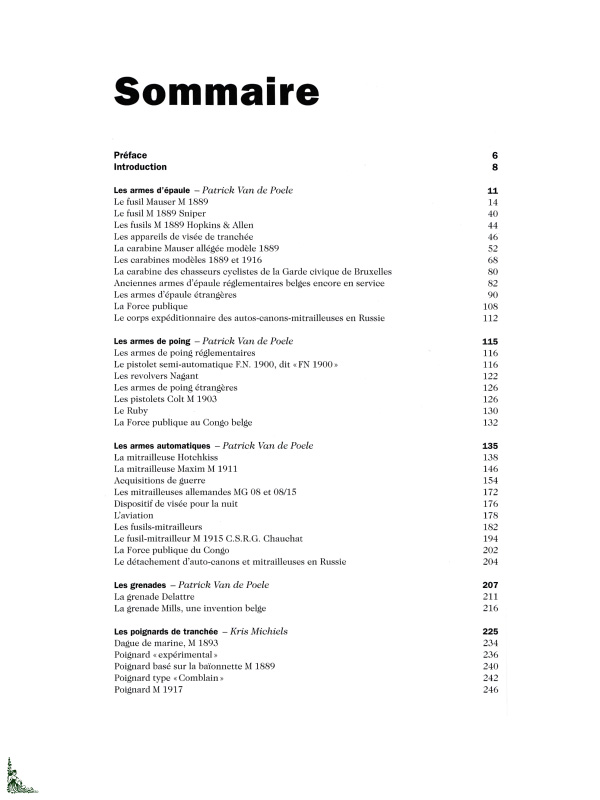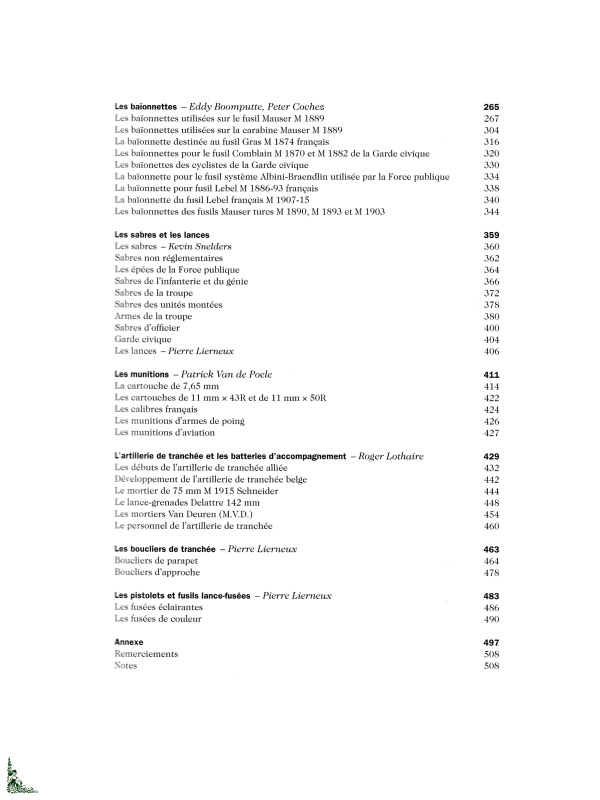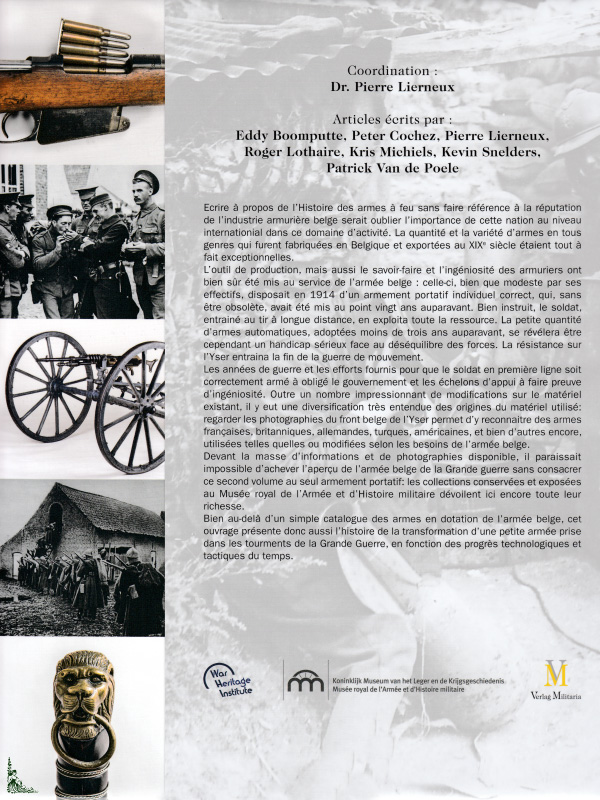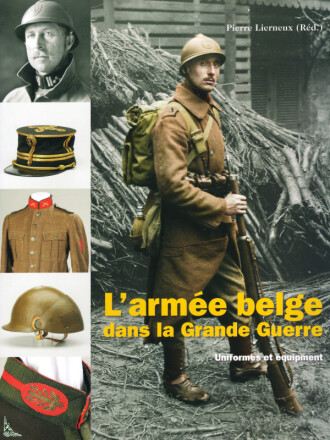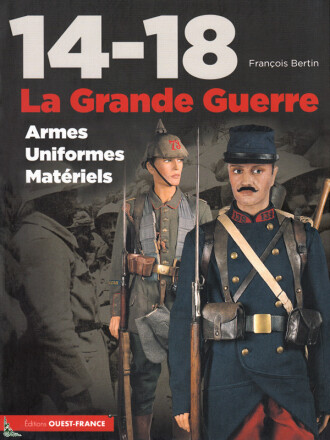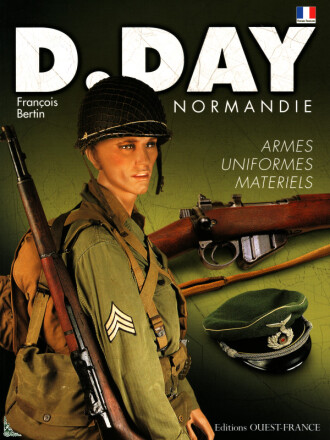The Belgian army during WW1, Uniforms and Equipment ( Vol. 2 )
Contenido del libro
| Autor : | Pierre Lierneux |
| Editor : | Verlag Militaria (2015) |
| Encuadernación : | Hardcover w/jacket (512 full color pages) 10 inches x 11-½ inches |
| Lengua : | French |
| ISBN : | 978-3-902526-84-7 |
| EAN : | 9783902526847 |
Descripción
The Belgian army during WW1, Uniforms and Equipment ( Vol. 2 ), by P. Lierneux, Ed. Verlag Militaria, 10 inches x 11-½ inches ( 26 cm x 29.5 cm ), hardcover book with 512 full color pages
This large hardcover book with 512 full color pages presents exhaustively portable weapons of the Belgian Army using several hundred period objects.
To write about the history of firearms without mentioning the reputation of the Belgian firearms industry would be ignoring the important place this country lied in the field. The quantity and variety of weapons produced in Belgium and exported during the 19th century was exceptional.
The production tool, but also the know-how and the ingenuity of the gunsmiths were naturally put at the service of the Belgian Army: Modest in numbers, the army disposed in 1914 of a decent individual even if its concept was twenty years old. Well trained, the soldier could exploit to its maximum the long-range precision of his weapon. However, the small number of automatic weapons, recently purchased, would prove a serious handicap when vastly outnumbered by enemy. The battle for the Yser, saving a small portion of the national territory, saw the end of the war of maneuvering.
The war years saw the governement and the rear echelons multiply their efforts and ingenuity to ensure the soldier in the front line was correctly armed. On top of numerous adaptations to existing material, there was a large diversification in the origins of the equipment fielded: Photographs of the Belgian front allows the identification of weapons from France, the United Kingdom, United States as well as Germany and Turkey amongst others, weapons used and built or modified to suit the needs of the army.
With the complexity of the subject, the masses of fresh information and photographs available, a second volume dedicated to the small arms was deemed necessary to complete the overview of the Belgian Army during the Great War.
Far beyond a simple catalog of weapons in the Belgian army, this work therefore also presents the history of the transformation of a small army caught in the torments of the Great War, according to technological progress and time tactics.
Contents:
- Forewords
- Introduction
- The collections
- Long guns
- The hand guns
- Automatic weapons
- Pomegranates
- The trench daggers
- Bayonets
- Sabers and spears
- Munitions
- Trench artillery and accompanying batteries
- The trench shields
- Pistols and flare guns
- Annexe
The French texts are written under the direction of Pierre Lierneux.
 Description française
Description française
L'armée belge dans la Grande Guerre, Uniformes et Équipements ( Tome 2 )
Détails du livre
| Auteur : | Pierre Lierneux |
| Éditeur : | Verlag Militaria (2015) |
| Reliure : | Relié sous jaquette (512 pages couleurs) 26 cm x 29.5 cm ( 10 inches x 11-½ inches ) |
| Langue(s) : | Français |
| ISBN : | 978-3-902526-84-7 |
| EAN : | 9783902526847 |
Description
L'armée belge dans la Grande Guerre, Uniformes et Équipements ( Tome 2 ), de P. Lierneux, Ed. Verlag Militaria, 26 cm x 29.5 cm, relié avec 512 pages couleurs
Ce grand ouvrage de 512 pages couleurs présente, de manière exhaustive, les uniformes et équipements de l'armée belge à l'aide de plusieurs centaines d'objets d'époque.
Ecrire à propos de l'Histoire des armes à feu sans faire référence à la réputation de l'industrie armurière belge serait oublier l'importance de cette nation au niveau international dans ce domaine d'activité. La quantité et la variété d'armes en tous genres qui furent fabriquées en Belgique et exportées au XIXe siècle étaient tout à fait exceptionnelles.
L'outil de production, mais aussi le savoir-faire et l'ingéniosité des armuriers ont bien sûr été mis au service de l'armée belge : celle-ci, bien que modeste par ses effectifs, disposait en 1914 d'un armement portatif individuel correct, qui, sans être obsolète, avait été mis au pont vingt ans auparavant. Bien instruit, le soldat entrainé au tir à longue distance, en exploita toute la ressource. La petite quantité d'armes automatiques, adoptées moins de trois ans auparavant, se révélera être cependant, un handicap sérieux face au déséquilibre des forces. La résistance sur l'Yser entraina la fin de la guerre de mouvement.
Les années de guerre et les efforts fournis pour que le soldat en première ligne soit correctement armé a obligé le gouvernement et les échelons d'appui à faire preuve d'ingéniosité. Outre un nombre impressionnant de modifications sur le matériel existant, il y eut une diversification très entendue des origines du matériel utilisé : regarder les photographies du front belge de l'Yser permet d'y reconnaître des armes françaises, britanniques, allemandes, turques, américaines, et bien d'autres encore, utilisées telles quelles ou modifiées selon les besoins de l'armée belge.
Devant la masse d'informations et de photographies disponible, il paraissait impossible d'achever l'aperçu de l'armée belge de la Grande Guerre sans consacrer ce second volume au seul armement portatif : les collections conservées et exposées au Musée royal de l'Armée et d'Histoire militaire dévoilent ici encore toute leur richesse.
Bien au-delà d'un simple catalogue des armes en dotation de l'armée belge, cet ouvrage présente donc aussi l'histoire de la transformation d'une petite armée prise dans les tourments de la Grande Guerre, en fonction des progrès technologiques et tactiques du temps.
Principaux chapitres de l'ouvrage :
- Préfaces
- Introduction
- Les collections
- Les armes d'épaule
- Les armes de poing
- Les armes automatiques
- Les grenades
- Les poignards de tranchées
- Les baïonnettes
- Les sabres et les lances
- Les munitions
- L'artillerie de tranchées et les batteries d'accompagnement
- Les boucliers de tranchées
- Les pistolets et fusils lance-fusées
- Annexe
Les textes en Français sont écrits sous la direction de Pierre Lierneux.



